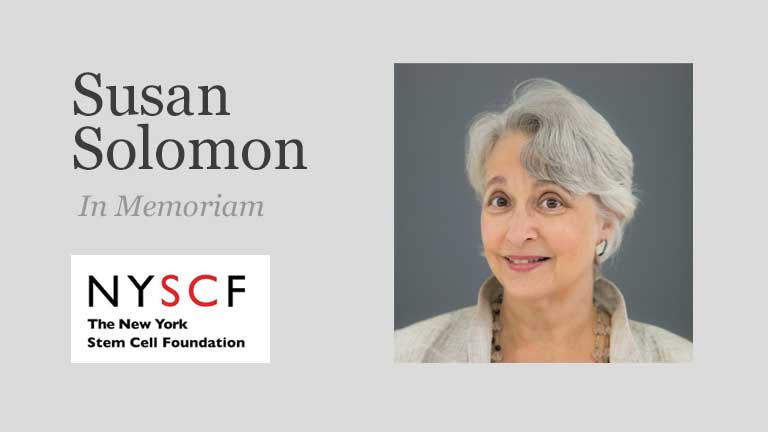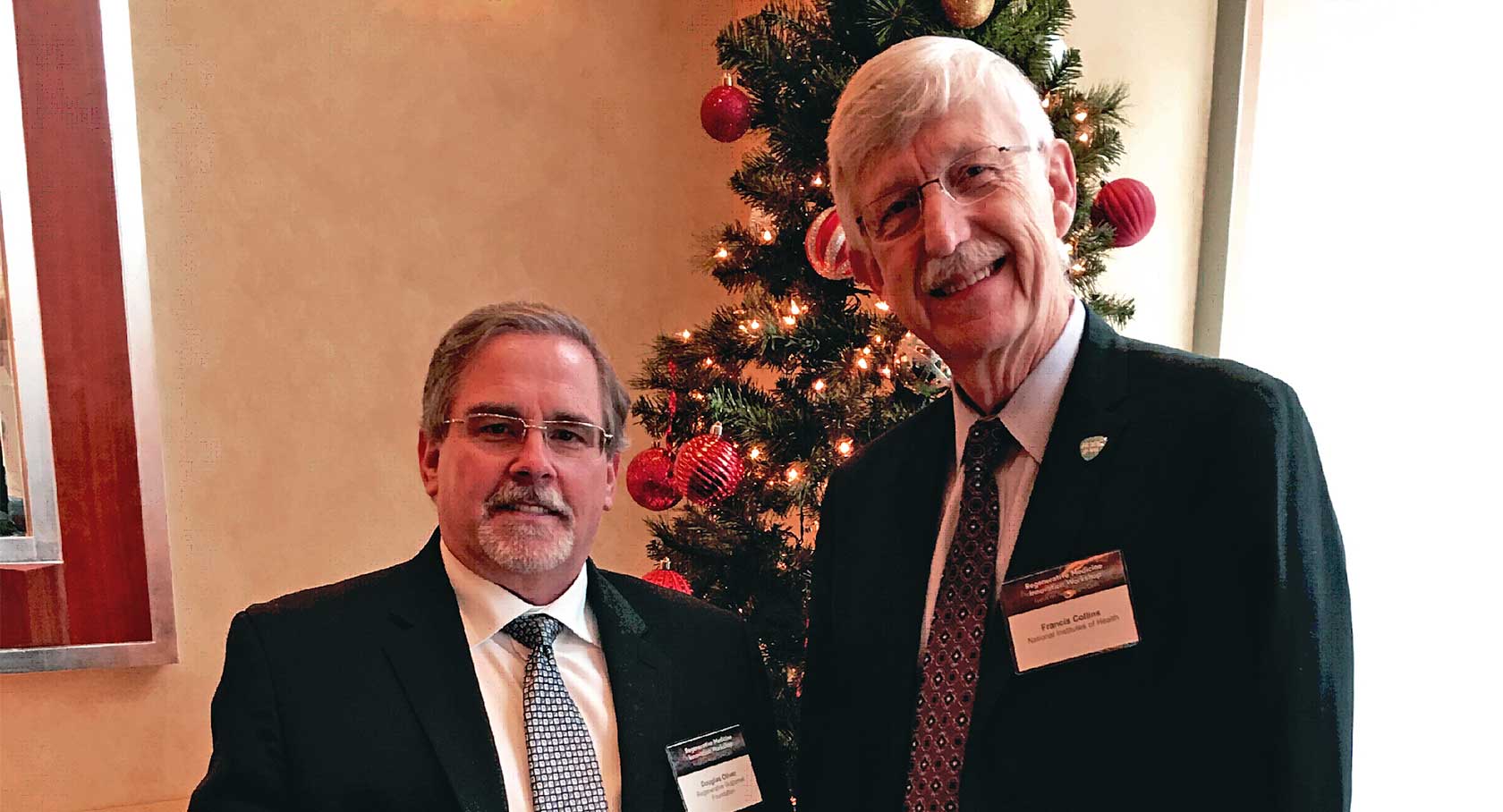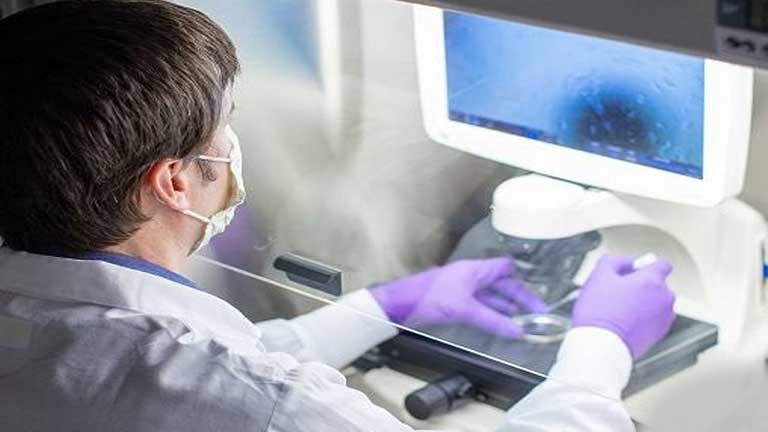
Early research published in Mayo Clinic Proceedings examines the first case at Mayo Clinic of stem cell therapy tested in humans for spinal cord injury. The case study found stem cell intervention, which took place after standard surgery, and physical and occupational therapy, restored some function in a patient with spinal cord injury. The report, “Celltop Clinical Trial: First Report From a Phase I Trial of Autologous Adipose-Derived Mesenchymal Stem Cells in the Treatment of Paralysis Due to Traumatic Spinal Cord Injury” is published in the Nov. 27, 2019 edition of Mayo Clinic Proceedings.
The research discusses the experience related to the first case in a phase I safety study of mesenchymal stem cell treatment for spinal cord injury. Mohamad Bydon, M.D., a Mayo Clinic neurologic surgeon and the lead author, cautions that each patient is different, so it’s too early to consider stem cell therapies as a treatment or cure for paralysis from spinal cord injury. Dr. Bydon adds that much like early trials in general, the stem cell trials are going to show variable response rates.

“While in this case, the first subject was a superresponder, others may not respond in the same manner. We do not yet understand all of the necessary biology needed to achieve neurological recovery in paralyzed individuals,” says Dr. Bydon. “One of our objectives in this study and future studies is to better delineate who will be a responder and why patients respond differently.”
The research
The research centers on a 53-year-old man who suffered a spinal cord injury in a surfing accident that left him paralyzed below the neck. The patient had immediate improvements with standard therapy, but plateaued at six months post-injury. Researchers enrolled the patient in the study at Mayo Clinic nine months after the accident and injected the patient with stem cells 11 months after injury. After the stem cell injection, the patient significantly improved motor and sensory function.
The case study focuses on feasibility, safety and dosing of stem cell therapy. The study team derived mesenchymal stem cells from the patient’s fat cells and injected them into the lower back in a procedure known as lumbar puncture.
Dr. Bydon; Wenchun Qu, M.D., Ph.D., a physical medicine and rehabilitation physician; and Allan Dietz, Ph.D., a transfusion medicine physician, led the multidisciplinary research team at Mayo Clinic.

“Severe spinal cord injury is a devastating condition for which scientists and physicians are trying to find a cure. For the first time, we are inspiring hope that people may receive better recovery in their function and quality of life,” says Dr. Qu. “Mayo Clinic has been taking the lead in translating the fruits of decades of research and treating neurological conditions, among which have been very important clinical trials where we evaluate the safety, feasibility and efficacy of adult stem cells for severe spinal cord injuries.”

“This work both demonstrates the ability of cells to initiate repair and capitalizes on more than 10 years of work in the Immune, Progenitor and Cell Therapeutics Lab at Mayo Clinic. While there is still much to learn about the amazing ability of cells to heal tissue, this trial is an important step in advancing cell-based therapies toward clinical practice,” says Dr. Dietz.
Investigators collected cerebrospinal fluid to look for new biological markers that might give clues to healing. Biological markers are important because they can help identify the critical processes that lead to spinal cord injury at a cellular level and could lead to new regenerative therapies.
Further study is needed to understand the effectiveness of stem cell lumbar injections and why patients may respond differently.
Currently, there is no way to reverse the devastating life-changing effects of paralysis from spinal cord injuries. Today, the only treatment is supportive care, such as surgery and physical and occupational therapy.
Dr. Bydon says his early findings give hope that new regenerative therapies are on the horizon for spinal cord injuries.
“The hope is that we will have novel treatments for spinal cord injuries in the coming years that will be different from what we have today. These will be therapies that do not rely upon supportive care, but therapies that rely on science to create a regenerative process for the spinal cord,” says Dr. Bydon.
This research was made possible by funding from Mayo Clinic Transform the Practice Initiative and Regenerative Medicine Minnesota with support from the Mayo Clinic Center for Regenerative Medicine and the Department of Laboratory Medicine and Pathology Immune, Progenitor and Cell Therapeutics lab. The Transform the Practice Initiative aims to foster multidisciplinary teams of clinicians and researchers who align discovery and translational science, create new capacities and achieve solutions that improve the practice and address the unmet needs of patients.
###




